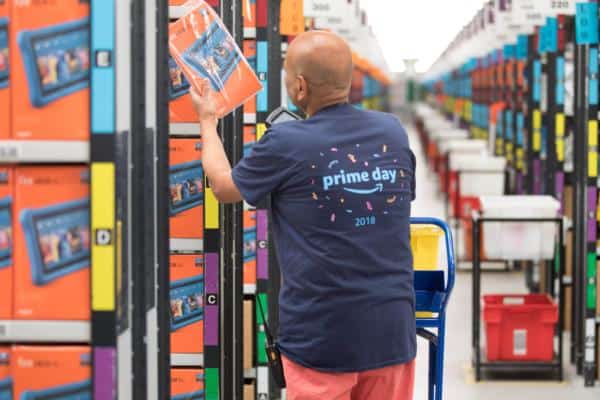Natural disasters can bring havoc to a supply chain if retailers and their partners aren’t properly prepared for such an event. Mark Morley, director in Business Networks division of enterprise information management specialists OpenText, looks at how to minimise disruption should the worst happen.
As well as causing devastation across towns and cities and wrecking entire communities, natural disasters also have a destructive impact on global trade. From hurricanes to earthquakes, these disasters have the power to completely halt production and ultimately cause severely detrimental consequences for companies. It is the unpredictable nature of natural disasters that is so damaging, as companies’ global supply chains face risks that are hard to prepare for.
The recent Hurricane Matthew, for example, caused severe disruptions to air travel, supply chains and retail stores spread across the southern states of America – leaving people and goods stranded, and manufacturing plants idled. Reuters reported that manufacturers had to halt production and close offices for up to four days whilst destruction to railroads curtailed operations.
Hurricane Matthew, of course, isn’t the first natural disaster to bring an unprecedented amount of disruption to supply chains. The Icelandic volcano eruption in 2010, whereby volcanic ash in the atmosphere shut down much of Europe’s airspace for a number of days, brought significant disruption to air freight shipments. The 2011 Japanese earthquake, too, resulted in severe devastation to utility infrastructures and the consequential tsunami brought longer term disruption to global supply chains due to many factories being flooded.
Preparing for the worst
If anything, the natural disasters of the past have given supply chain directors a wake-up call in terms of needing to improve the way in which they not only run their supply chains, but also increase resilience against further supply chain disruption. But there are a number of considerations businesses can take to increase supply chain resilience and mitigate the disruption – from the warehouse to the last mile.
From an operational stance, near shoring is just one consideration. Sometimes referred to as reverse globalisation, this is when companies move manufacturing closer to home. For example, a few years ago, increased wage rises in China followed by various natural disasters caused many companies to think about relocating manufacturing capacity back to their home market.
Mapping out the supply chain and asking yourself how well you know your supply chain is another. Many companies rely on their Tier 1 suppliers to take ownership of mapping out their supply chains but, by doing so, parts of the chain are missing.
Companies should spend a considerable amount of time mapping out their supply chain so that they can identify potential weaknesses and key suppliers in their network which will prove invaluable in the wake of a natural disaster.
This concept of having greater visibility can be further implemented through the use of control towers. These can also double up as crisis management centres, and are crucial to maintaining the supply of parts to a production line. With this level of insight, companies can better identify and alleviate bottlenecks in a supply chain very quickly and allow teams to react quickly to unfolding events in real-time.
Information flow
However to implement any of these operational changes, it is crucial that companies think about how they can improve the way in which information flows across all parties involved in a global supply chain. By leveraging the data from every point in the supply chain, in the wake of an unpredicted disaster, companies are able to better inform customers about the delivery of goods and services and better implement remedial action.
Deploying a cloud based B2B integration environment will significantly help companies achieve this. Firstly it provides greater flexibility, so when disruption occurs businesses can ramp up production in other locations and be assured that trading partners will be able to ship goods to the new plant with ease. Secondly, improved visibility provides a real time view of global shipments through a common platform and alternative inventory locations can be identified quickly. Finally, improved collaboration provides a way to quickly determine the post-disruption condition of a trading partner.
In short, having 360 degree visibility across a supply chain, and the ability to access real time view of physical shipment movements, is critical should disruption occur. Preparing for the worst and being armed with this information, companies are able to identify alternative suppliers of inventory locations with ease, better mitigating the consequences of a natural disaster.
Mark Morley is director in the business networks division of enterprise information management company OpenText
Image credits: OpenText and Fotolia








